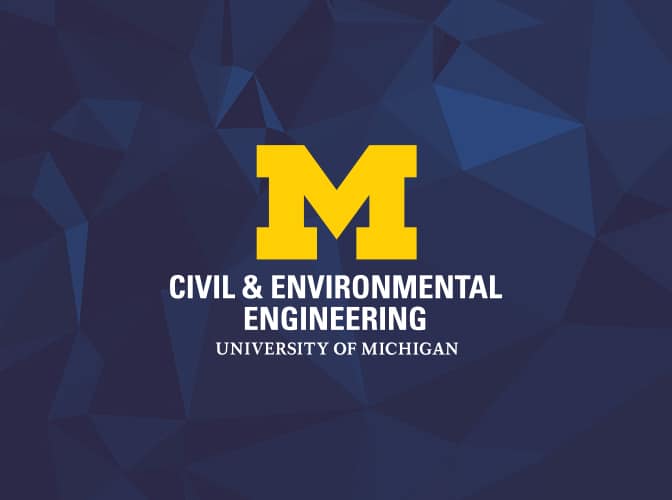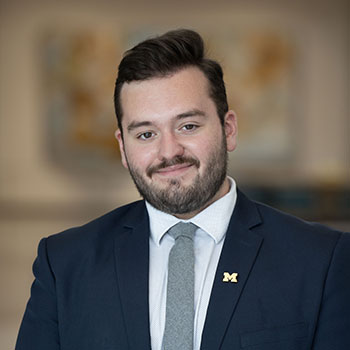A new research project, led by U-M Civil and Environmental Engineering (CEE) Professor Sherif El-Tawil, is using technology to solve some of the biggest challenges in the area of disaster science and community resilience following an extreme event.
Interdependencies in Community Resilience (ICoR): A Simulation Framework is funded by an award from the National Science Foundation (NSF). The research project is a collaboration between three different departments.
Co-investigators for the project include CEE Professors Vineet Kamat, Seymour Spence and Jason McCormick, from U-M Computer Science, Professor Atul Prakash and from the Disaster Research Center at the University of Delaware, Professor Benigno Aguirre.
This project looks at disaster events, such as earthquakes, hurricanes, tsunamis, wildfires, even man-made disasters like terrorist attacks, and creates tools to model, measure and improve community resilience. Resilience refers to a community’s ability to recover quickly following these types of severe events. The research aims to answer questions such as “if a community suffers a massive earthquake, will it recover quickly or remain altered forever? Can the community’s response during and after the disaster be modified to ensure optimal outcome?”
A community’s resilience can be assessed in terms of the robustness of its physical infrastructure, how its social response is organized, casualty rates and the success of its public policies. These systems are interdependent, with a disturbance in one system propagating through many, affecting overall resilience. Through this research project, new tools are being developed for a more comprehensive understanding of these complex interactions.
“Our society has become so complex that all systems are dependent on one another. If one system fails, it can lead to a cascade effect, with multiple systems being affected by the one that failed,” says Professor El-Tawil.
The scale for this project is on the city or an entire community, but it is tied to individual components such as power grids, roads, gas lines, buildings, bridges and people. It considers a community as a socio-technical system, where people, physical systems and cyber infrastructure interact together during a disaster. The success of these interactions is crucial for the community’s resilience.
Disaster science is a massive research area, often compartmentalized. Engineers, social scientists, medical professionals and many other fields are all working within this area. Even within engineering, there are many disciplines focused on disaster research, including transportation, structural, electrical, mechanical and civil. The research is highly specialized, with each discipline dedicated to handling a subset of the overall challenge. However, collaboration across disciplines is necessary for developing comprehensive solutions to the problems of disaster science.
Computation is widely used for disaster research and is a common language across disciplines. The focus of this project is developing a software infrastructure by which researchers from different disciplines can plug in their models and work together on a disaster scenario. This project’s integrative, computational platform will serve as the link between the research models from diverse fields.
Users of this software will be able to load individual computational models and simulations from multiple disciplines to the platform and run them simultaneously. This will allow for exploration of the complex interactions that take place between different systems before, during and after natural disasters.
El-Tawil added, “Consider a hurricane. The various aspects of a hurricane disaster are represented by well-established models, for example, the wind pressure, building response, people’s behavior, etc. All of these models can be made to work in concert with one another to represent the overall disaster scenario. That is what is so unique about this project, it allows for the highest level of integrative research to be done.”
The students working on the project are acquiring a unique set of skills allowing them to make significant contributions to the future of natural hazards engineering and disaster science. The project will create a better-skilled, multi-disciplinary workforce, furthering the mission of the National Science Foundation.


